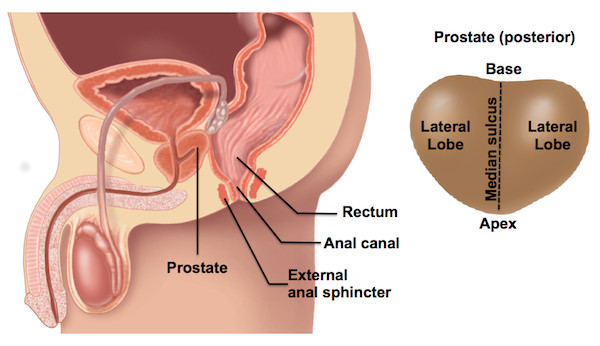A subscription to JoVE is required to view this content. Sign in or start your free trial.
Abstract
Physical Examinations II
Male Rectal Exam
Published: April 30th, 2023
Abstract
While its usefulness in cancer screening is debated, the male rectal examination remains an important part of the physical exam. The exam is indicated in selected patients with lower urinary tract symptoms, urinary and/or fecal incontinence or retention, back pain, anorectal symptoms, abdominal complaints, trauma patients, unexplained anemia, weight loss, or bone pain. There are no absolute contraindications to the rectal exam; however, relative contraindications include patient unwillingness to undergo the exam, severe rectal pain, recent anorectal surgery or trauma, and neutropenia.
When performing the rectal exam, the examiner should conceptualize the relevant anatomy. The external anal sphincter is the most distal part of the anal canal, which extends three to four centimeters before transitioning into the rectum. The prostate gland lies anterior to the rectum, just beyond the anal canal. The posterior surface of the prostate, including its apex, base, lateral lobes, and median sulcus, can be palpated through the rectal wall (Figure 1). The normal consistency of the prostate is similar to the thenar eminence when the hand is in a tight fist. The thumb knuckle is representative of what a hard nodule may feel like. The normal size of the prostate increases with age and is approximately 4.0 cm by 3.5 cm, or 20-30 g, in a young man.
The steps of the male rectal exam, including preparation, positioning, neurologic assessment, external inspection and palpation, examination of the prostate and rectum, and evaluation of the stool, are detailed in this video.

Figure 1. Male rectal anatomy (left) and regions of prostate gland posterior surface (right).
Explore More Videos
ABOUT JoVE
Copyright © 2024 MyJoVE Corporation. All rights reserved